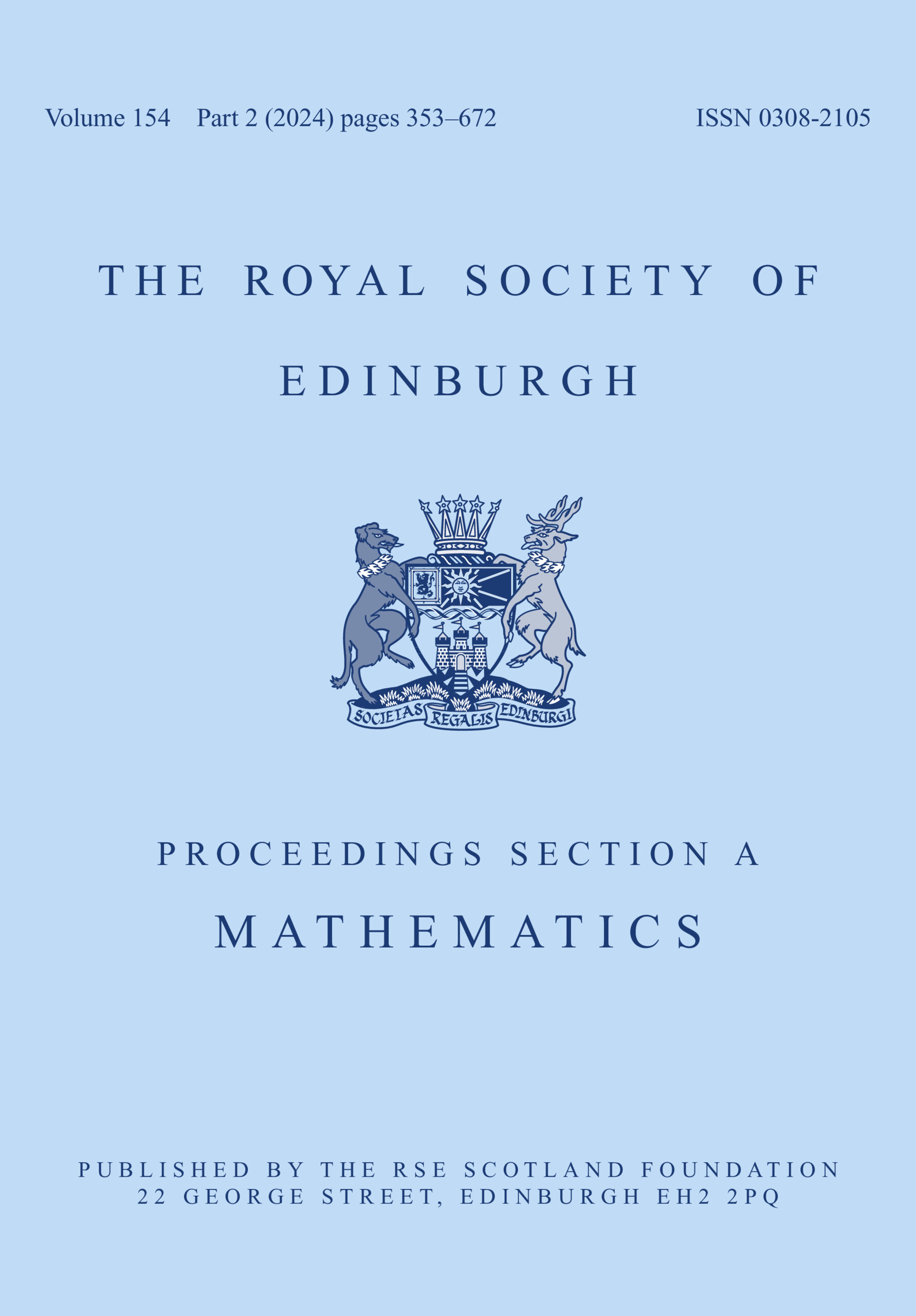No CrossRef data available.
Article contents
Sharp estimates for Gowers norms on discrete cubes
Published online by Cambridge University Press: 16 June 2025
Abstract
We study optimal dimensionless inequalities \begin{equation*} \|f\|_{\textrm{U}^k} \leqslant \|f\|_{\ell^{p_{k,n}}} \end{equation*}
\begin{equation*} \|f\|_{\textrm{U}^k} \leqslant \|f\|_{\ell^{p_{k,n}}} \end{equation*}
that hold for all functions  $f\colon\mathbb{Z}^d\to\mathbb{C}$ supported in
$f\colon\mathbb{Z}^d\to\mathbb{C}$ supported in  $\{0,1,\ldots,n-1\}^d$ and estimates
$\{0,1,\ldots,n-1\}^d$ and estimates \begin{equation*} \|\mathbb{1}_A\|_{\textrm{U}^k}^{2^k}\leqslant |A|^{t_{k,n}} \end{equation*}
\begin{equation*} \|\mathbb{1}_A\|_{\textrm{U}^k}^{2^k}\leqslant |A|^{t_{k,n}} \end{equation*}
that hold for all subsets A of the same discrete cubes. A general theory, analogous to the work of de Dios Pont, Greenfeld, Ivanisvili, and Madrid, is developed to show that the critical exponents are related by  $p_{k,n} t_{k,n} = 2^k$. This is used to prove the three main results of the article:
$p_{k,n} t_{k,n} = 2^k$. This is used to prove the three main results of the article:
• an explicit formula for
 $t_{k,2}$, which generalizes a theorem by Kane and Tao,
$t_{k,2}$, which generalizes a theorem by Kane and Tao,• two-sided asymptotic estimates for
 $t_{k,n}$ as
$t_{k,n}$ as  $n\to\infty$ for a fixed
$n\to\infty$ for a fixed  $k\geqslant2$, which generalize a theorem by Shao, and
$k\geqslant2$, which generalize a theorem by Shao, and• a precise asymptotic formula for
 $t_{k,n}$ as
$t_{k,n}$ as  $k\to\infty$ for a fixed
$k\to\infty$ for a fixed  $n\geqslant2$.
$n\geqslant2$.
MSC classification
Information
- Type
- Research Article
- Information
- Copyright
- © The Author(s), 2025. Published by Cambridge University Press on behalf of The Royal Society of Edinburgh


